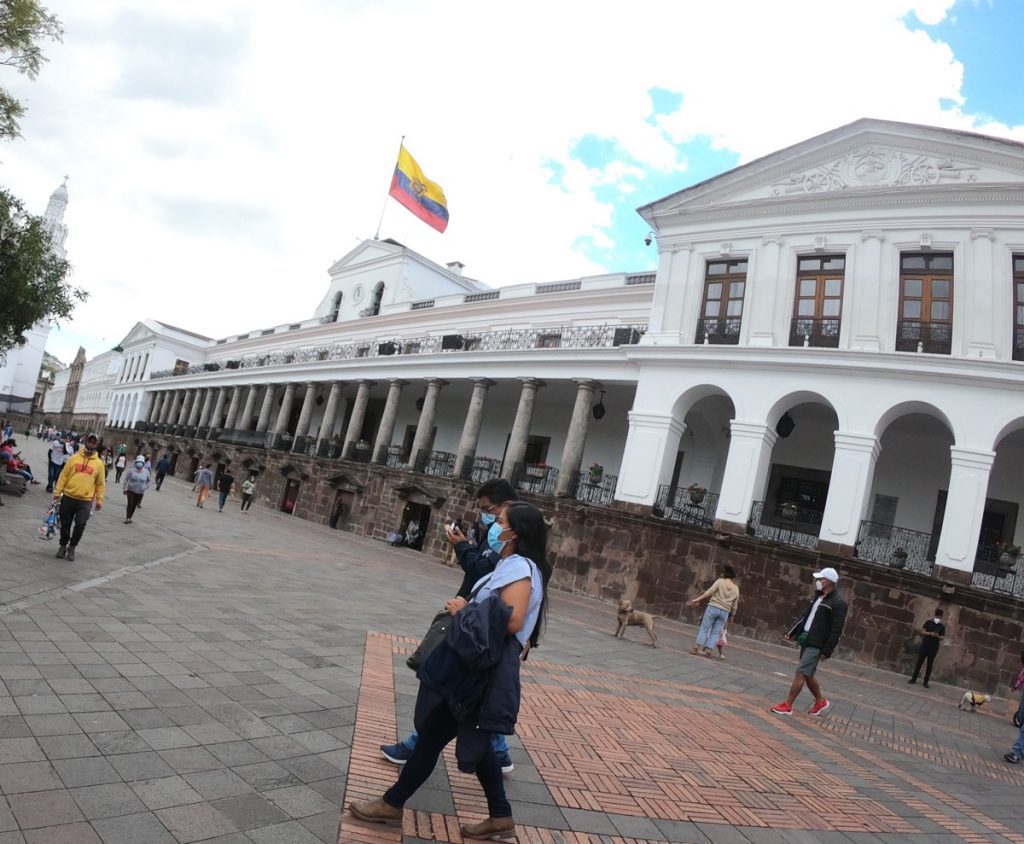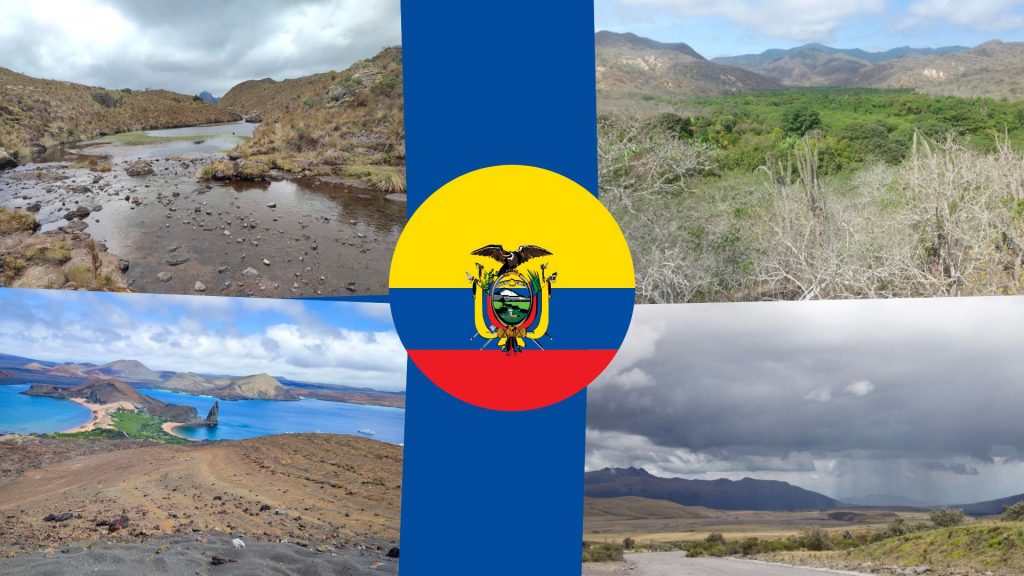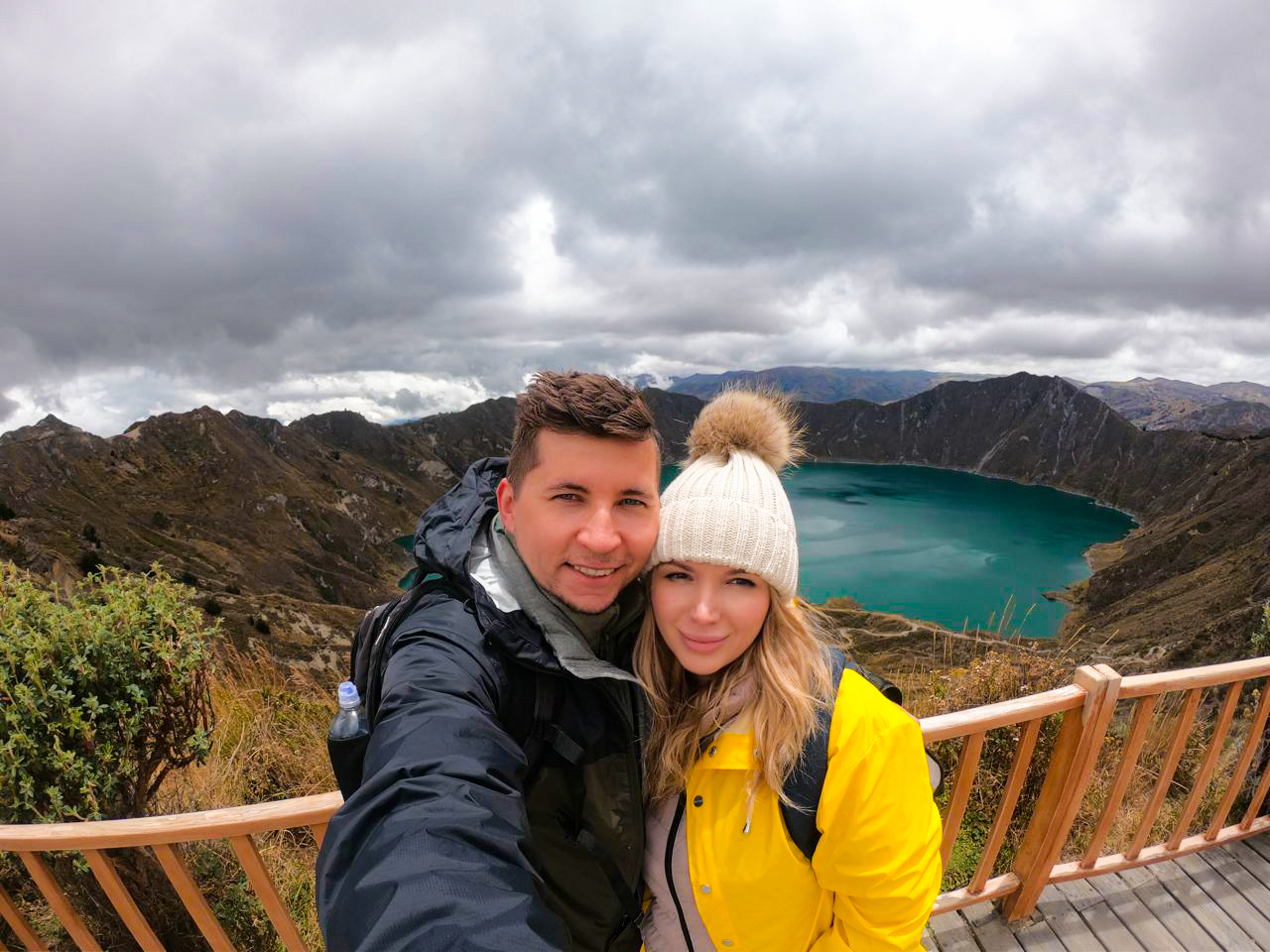Quito, Ecuador has a moderate to subtropical mountain climate. Temperatures are moderate and spring-like all year, with a dry season from June to mid-September, which is more noticeable in the city’s northern outskirts. Fog may occur at any time of year, especially at night and in the early morning.
Since Quito’s average annual temperature is 15°C (59°F), there is never a bad time to visit this Ecuadorian city. The Andes Mountains‘ position greatly affects the city’s weather patterns.
The winter months of June, July, and August are the most popular times to travel to Quito since the weather is pleasant, bright, and dry with minimal wind or rain.
The rainy season in summer during the months of December through March deters some people from taking city walks. Throughout the year, keep in mind that it might be cool at night, especially when a cold front comes through.
When we visited Quito in September, we got lucky with perfect weather. Don’t leave it to chance – get a FREE custom itinerary from local experts who know exactly when to visit for your preferred activities. Your support helps this blog and local Ecuadorian communities!
Table of Contents
How Altitude Affects the Weather
Quito is located at an elevation of almost a mile above sea level. Aside from the tremendous height, it is surrounded by mountains. Because of the great height and neighboring mountains, the weather might change abruptly at any time. It’s fairly unusual for a thunderstorm to appear out of nowhere.
Weather Tips When Traveling to Quito
- If you want to avoid rainy days in Quito, you should go between June and September.
- It may rain a lot in Quito from October to May, with the heaviest rain falling in March and April.
- Temperatures in Quito do not fluctuate significantly throughout the year. The rain – and the resultant humidity levels – do fluctuate.
- Quito gets a steady 12.5 hours of daylight every year due to its equatorial position.
- I would recommend taking ChlorOxygen 1-2 weeks ahead of the trip so it’s easier to deal with high altitudes.
Best Time to Travel to Quito
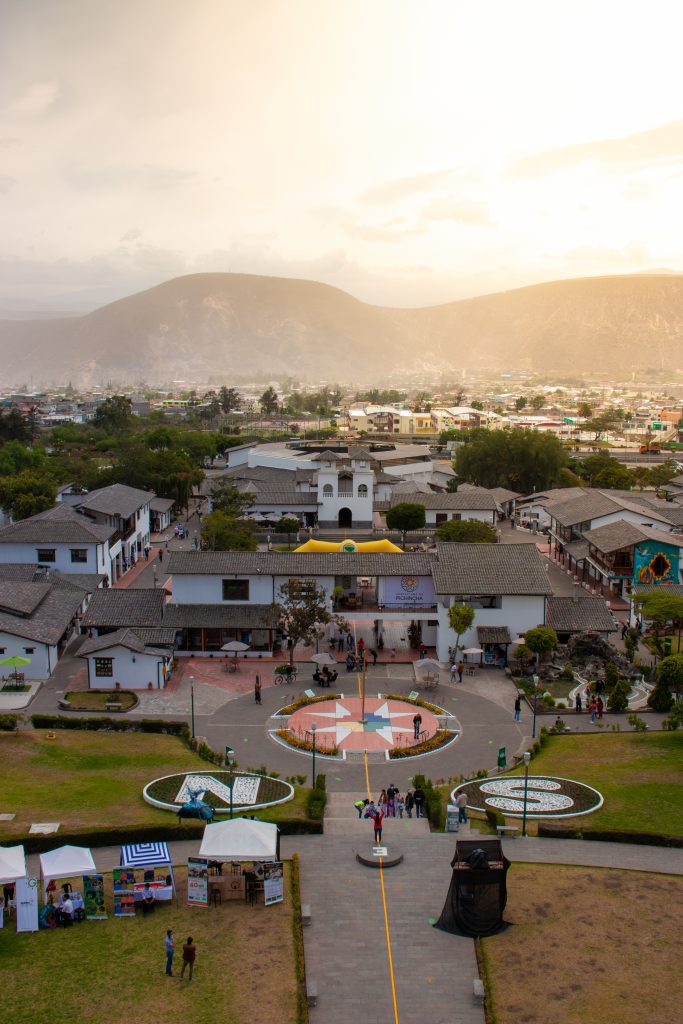
Looking back, I wish I’d better prepared for Quito’s altitude and sudden weather changes. Get a FREE personalized itinerary from local experts who’ll help you plan for both the climate and elevation. Your quote request supports this blog and local Ecuadorian businesses!
Although the weather in Quito fluctuates little, there are certainly better days to visit than others. Consider coming from June to September to avoid rain and the possibility of heavy rainstorms. We were there at the end of September and we never caught the rain.
If you like rain, the rainy season lasts from October to May, with the heaviest rain falling in March and April. And, while the temperature doesn’t fluctuate much throughout the year, the humidity and volume of rain do.
Quito, Ecuador is a lovely city rich in culture and charm. Although you may expect temperate weather when visiting and exploring the city, don’t forget to bring an umbrella. Check the best things to do in Quito in our previous article.
Booking.com
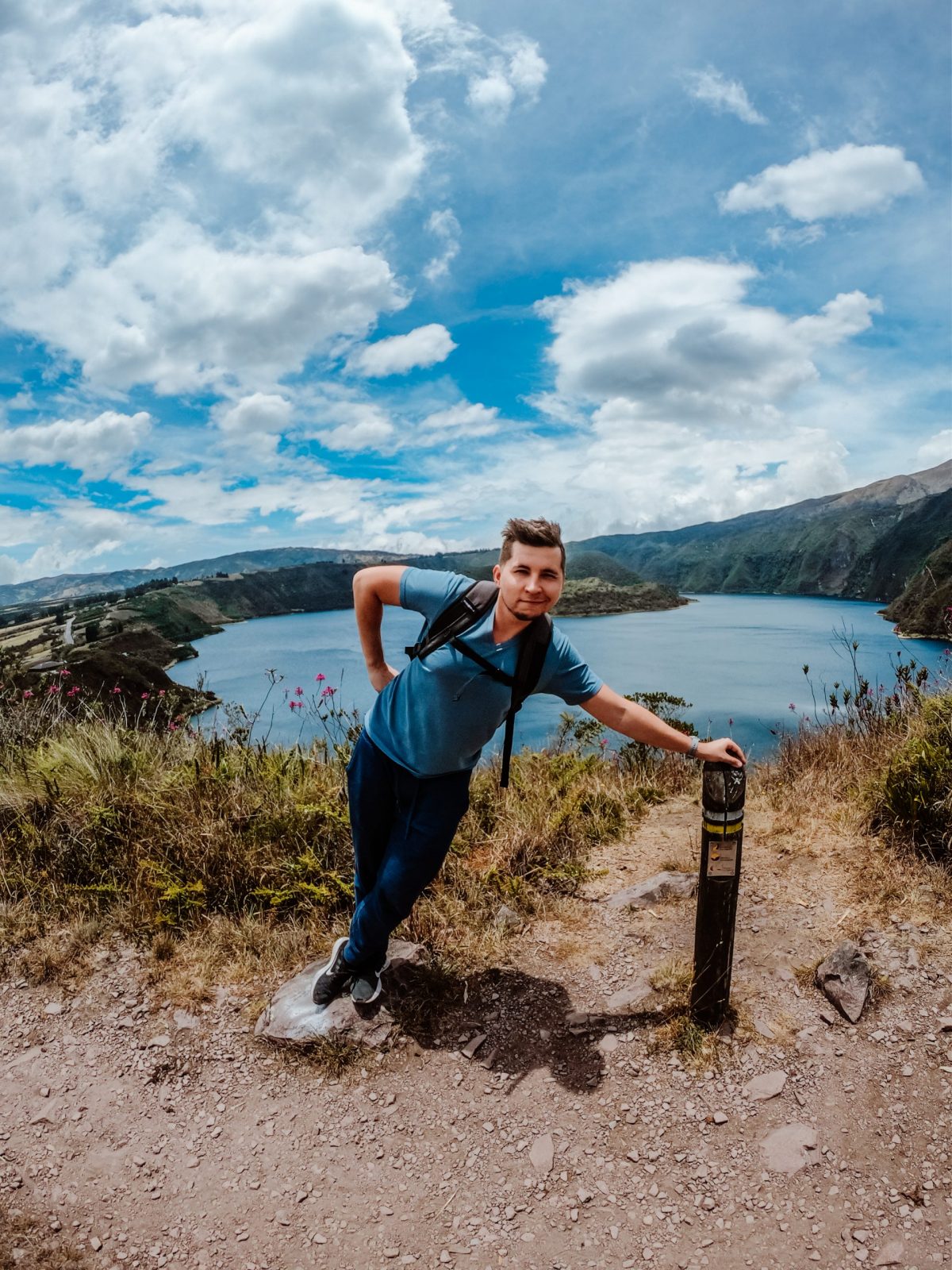
Planning trip to Ecuador?
My wife and I rented a car for 15 days and traveled from the northern part of Ecuador to the south, visiting amazing cities like Quito, Otavalo, Baños, Cuenca, and Guayaquil. Along the way, we explored iconic places such as Cotopaxi National Park, Quilotoa Lake, and many more breathtaking destinations.
Not many blogs cover traveling in Ecuador in detail, so I spent nearly three weeks creating this comprehensive Ecuador travel guide based on our trip. It’s packed with everything you need to know, and honestly, I consider it the best free travel guide about Ecuador out there.
If you’re planning a trip to Ecuador, don’t forget to use my link for discounted hotel prices through Booking.com. It’s a great way to support my blog while saving money on your accommodations!


